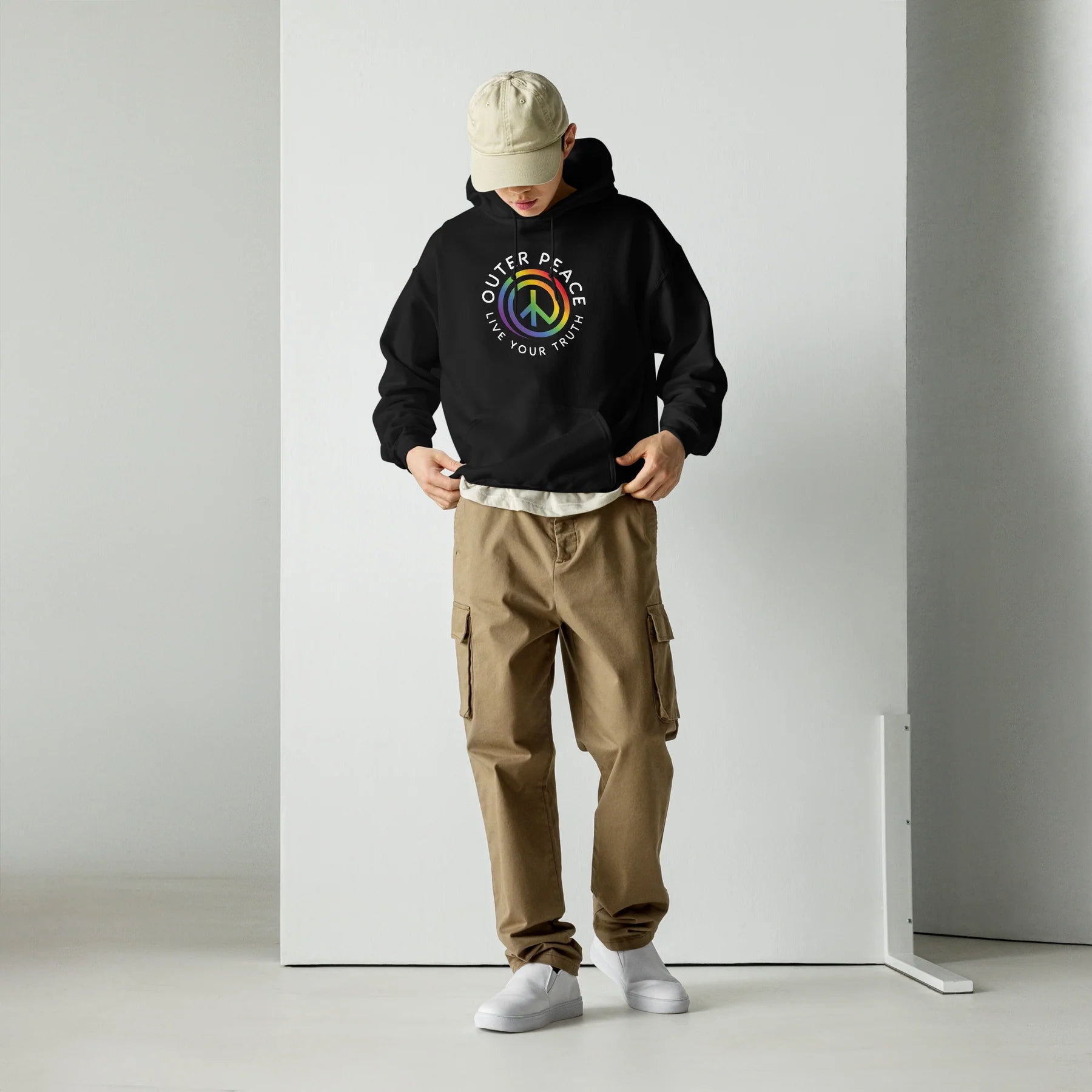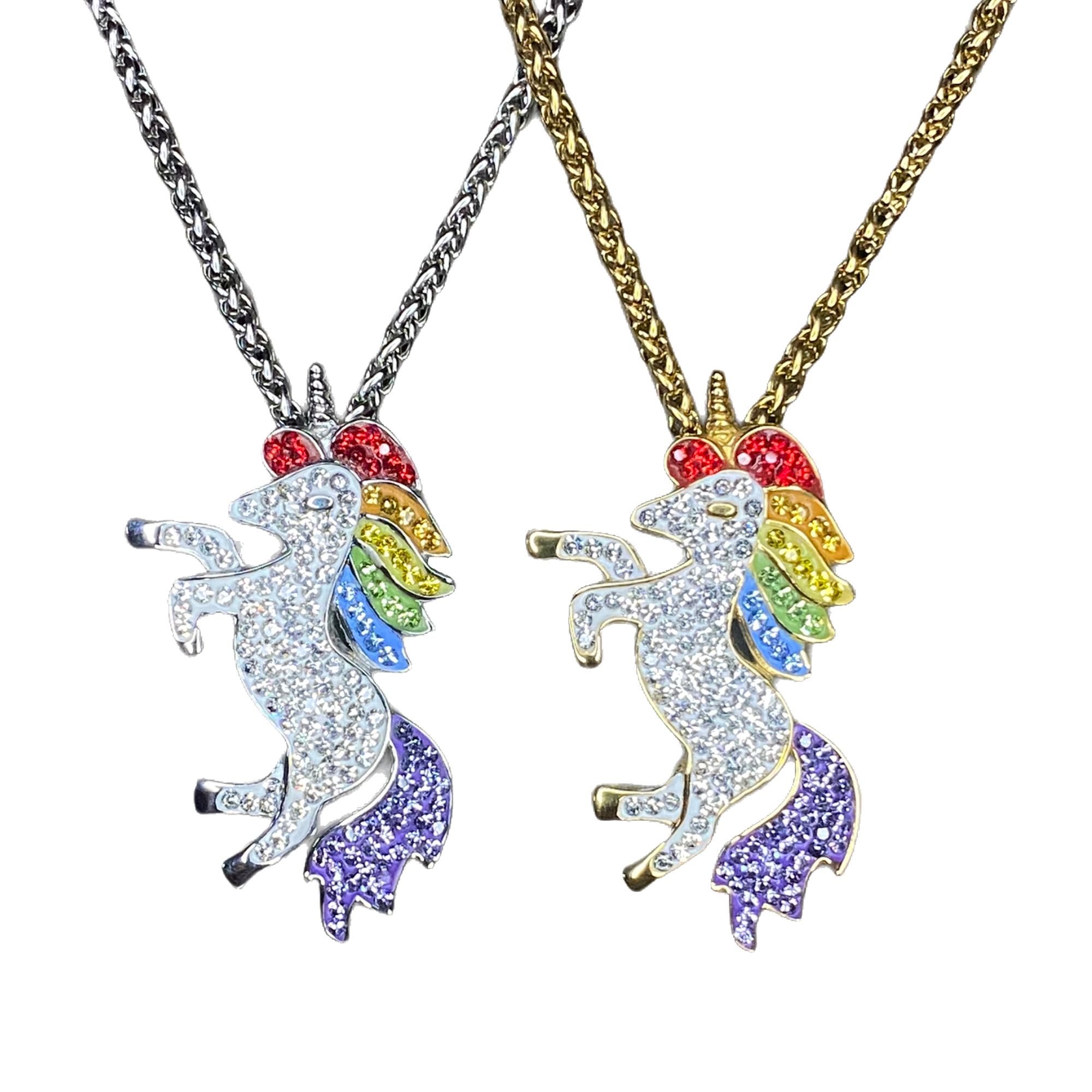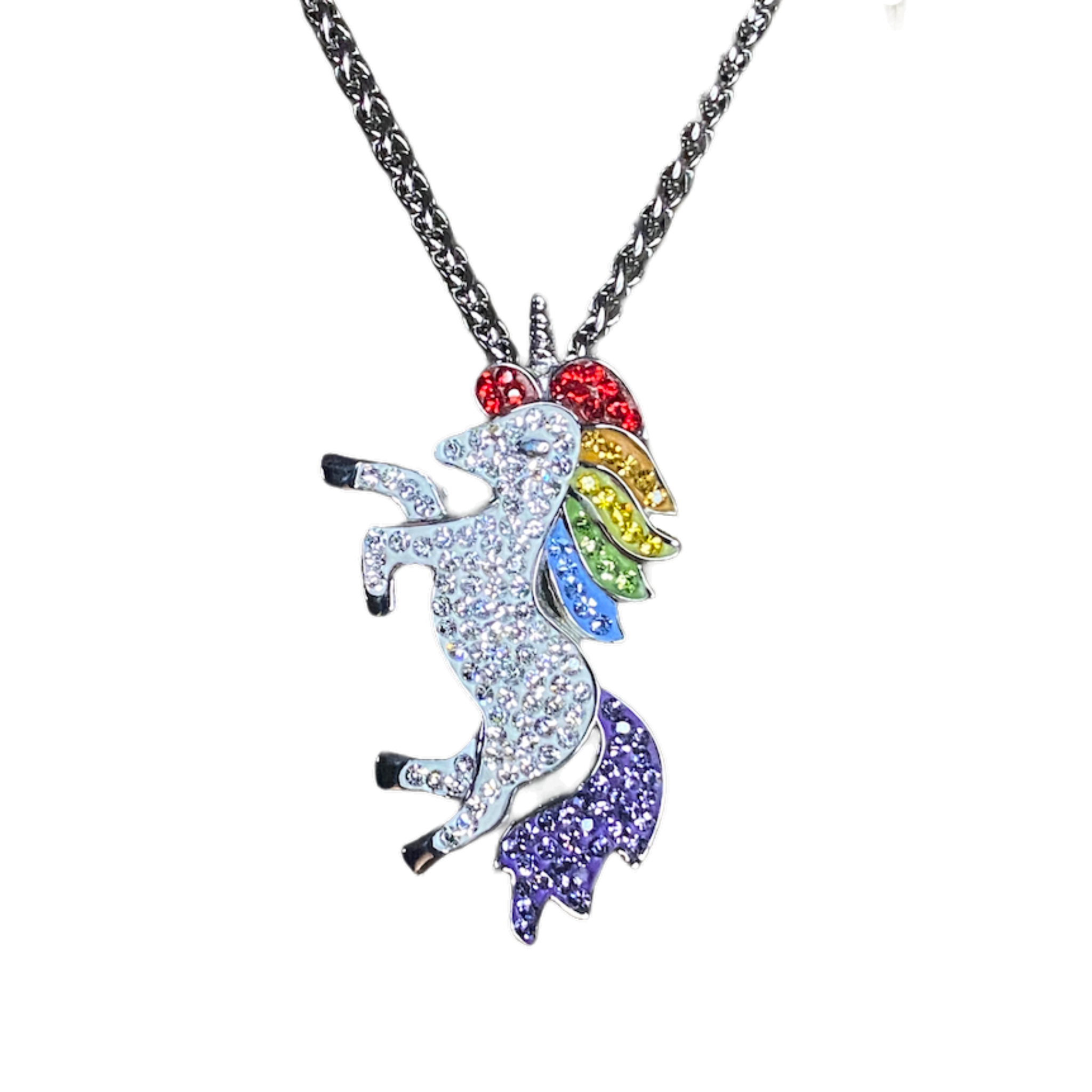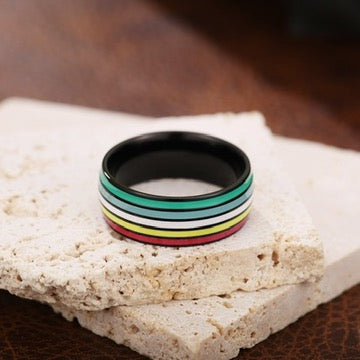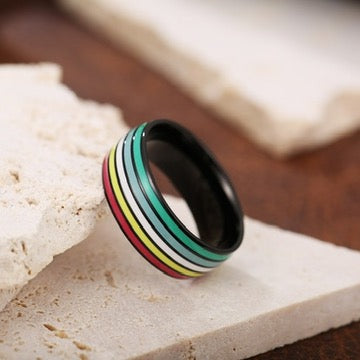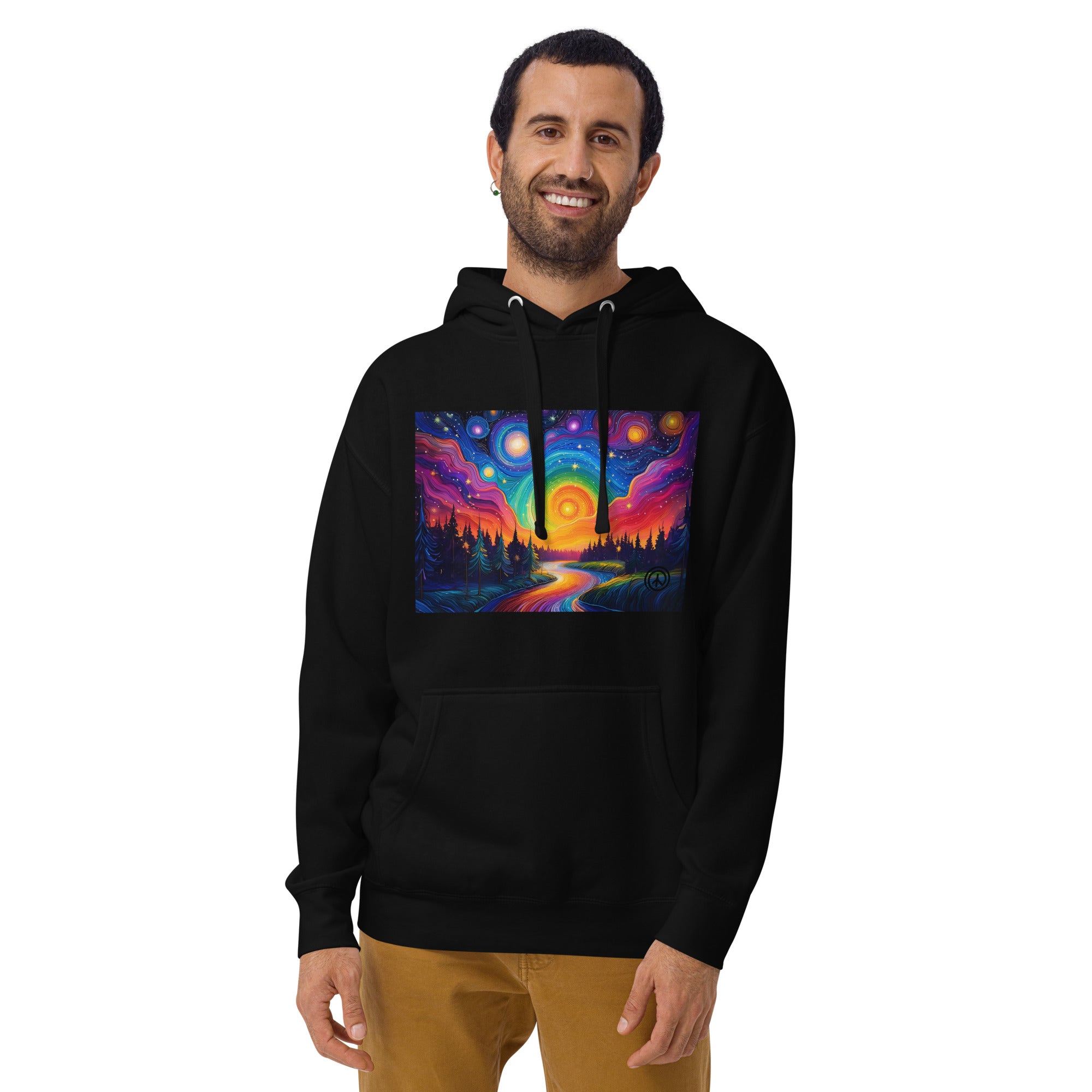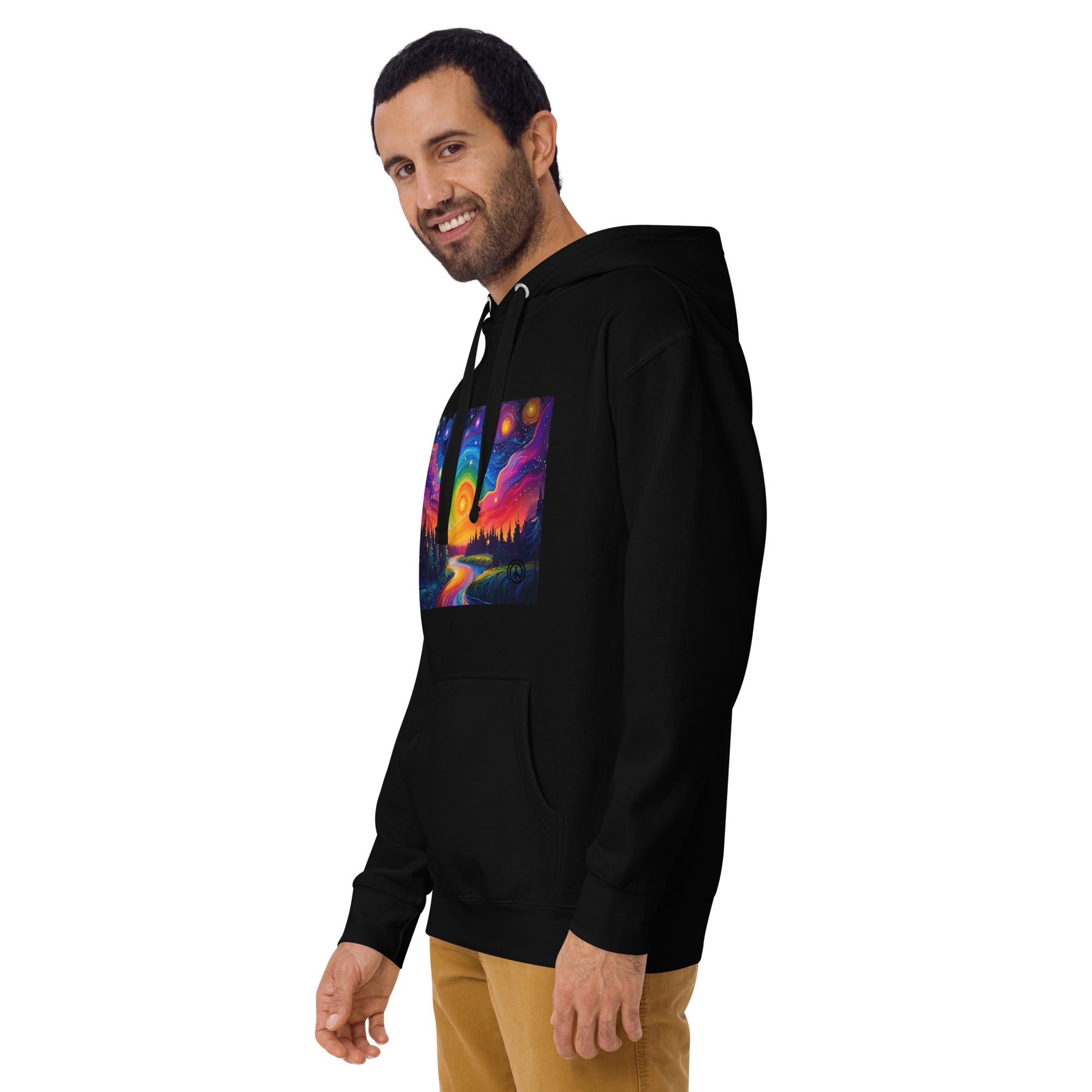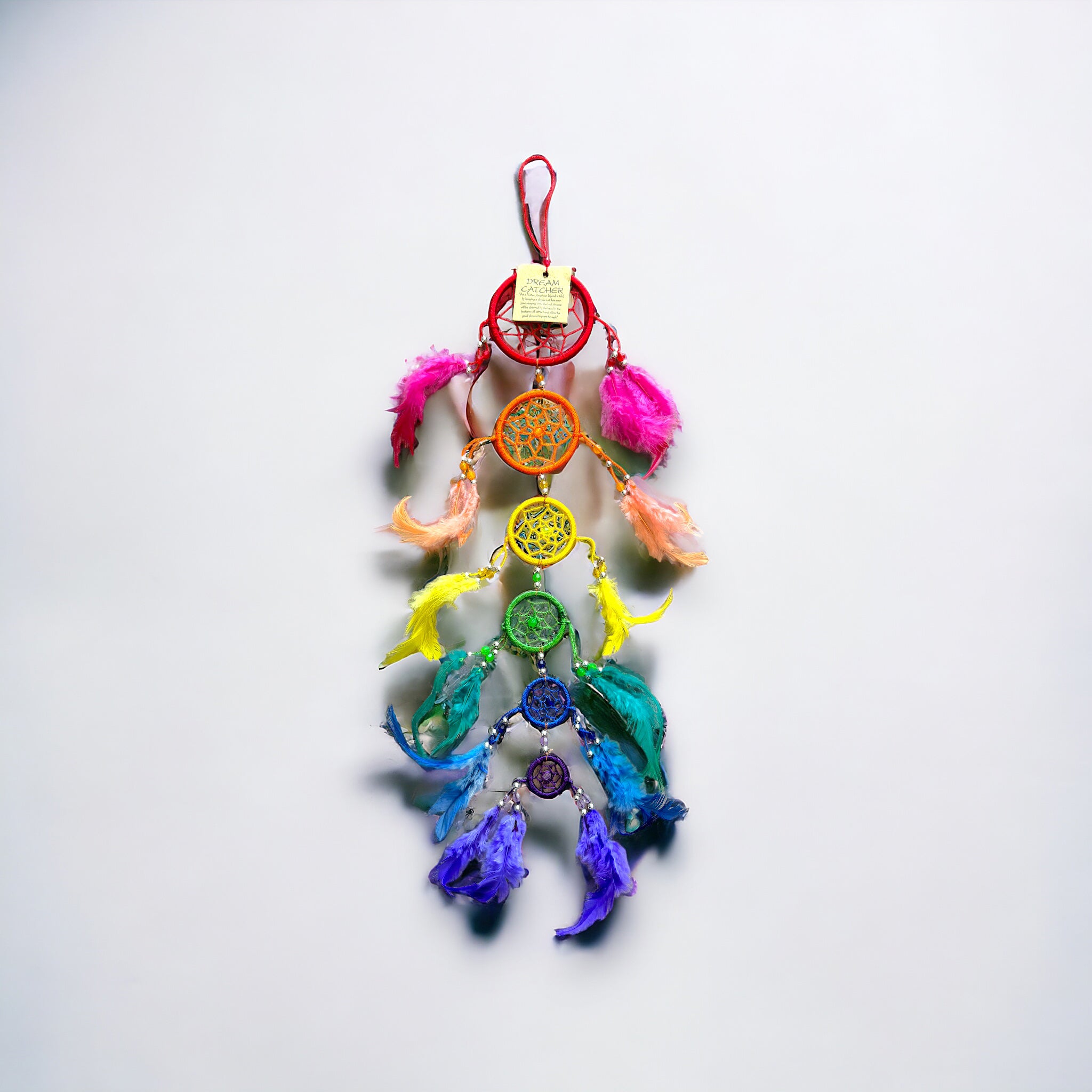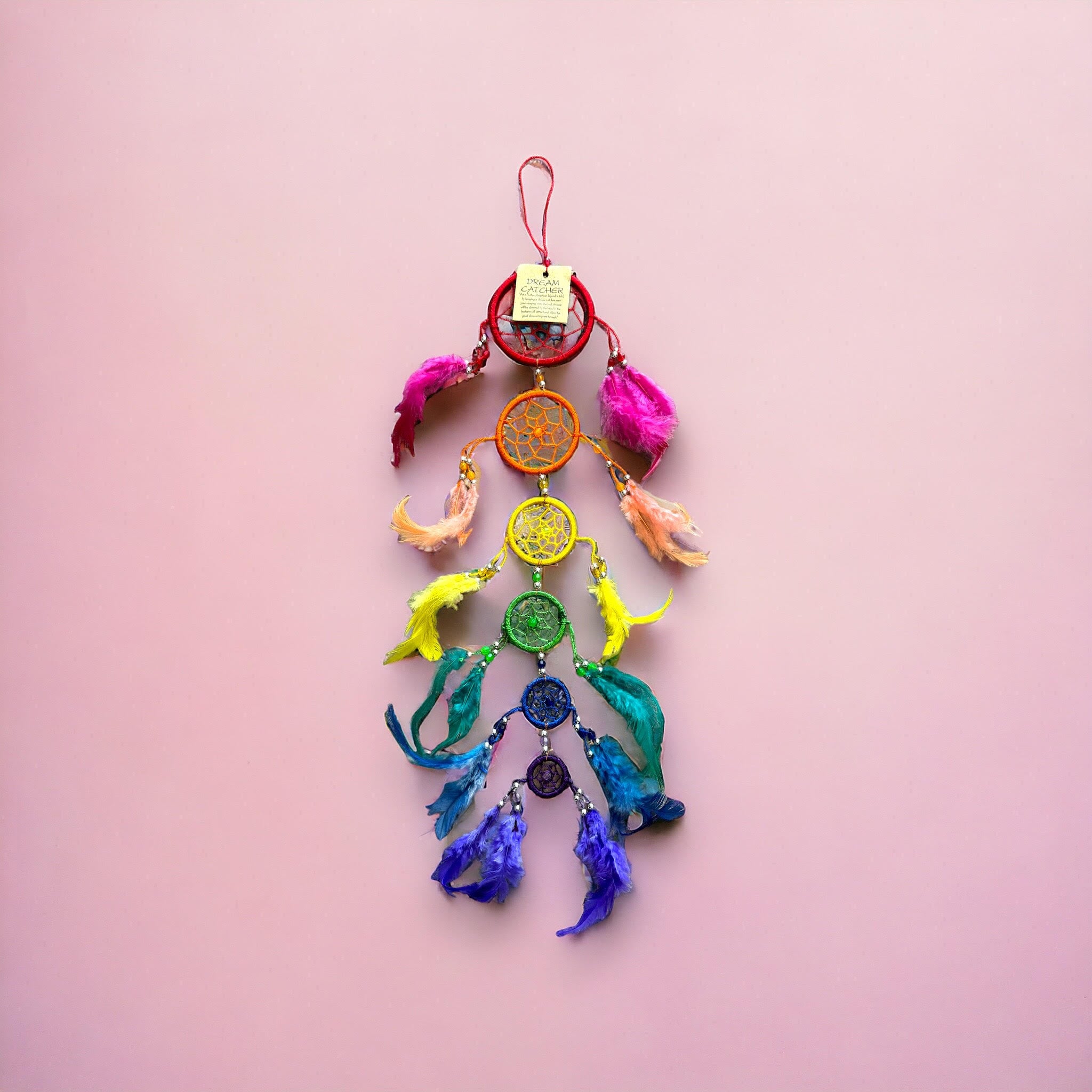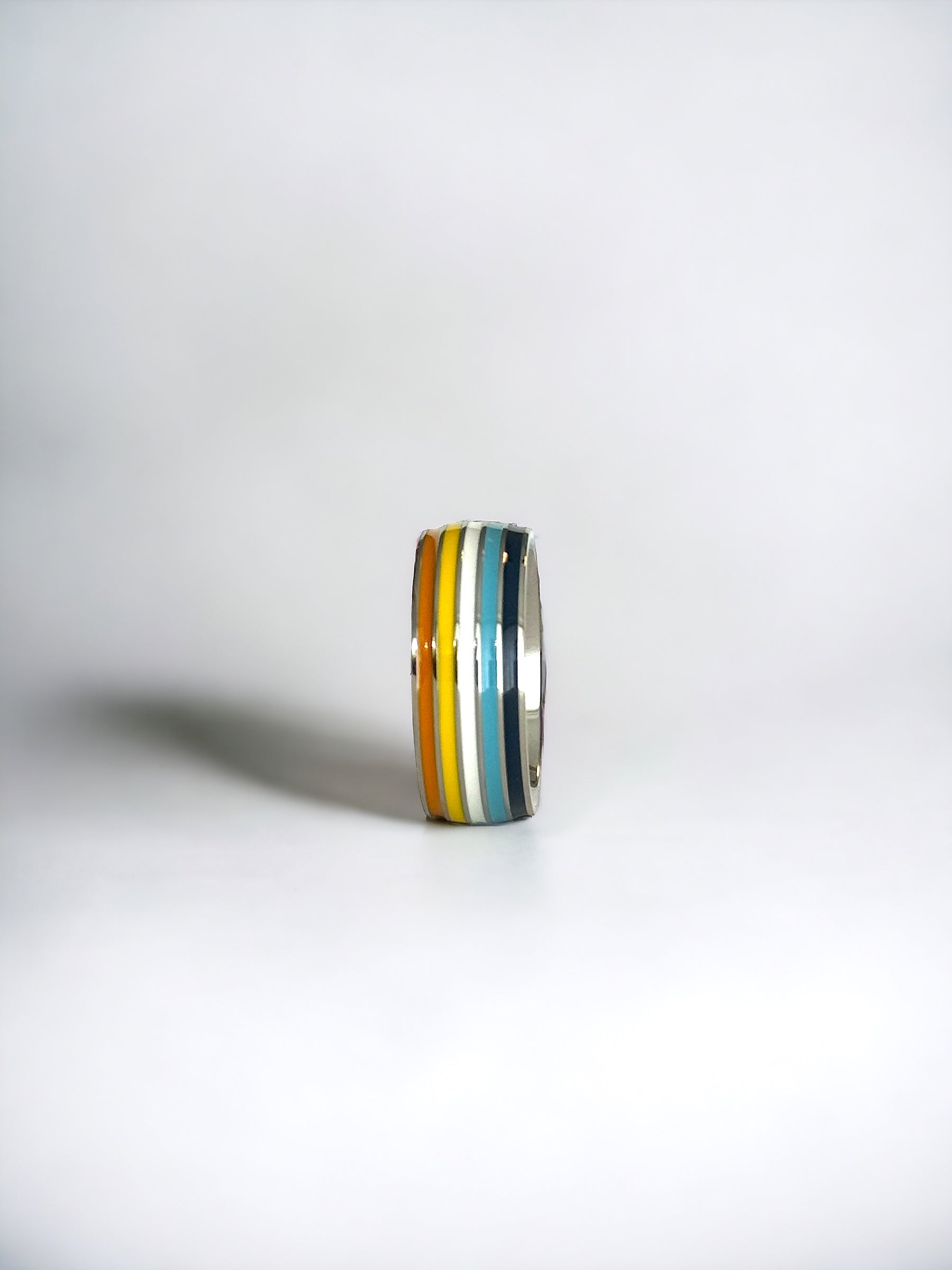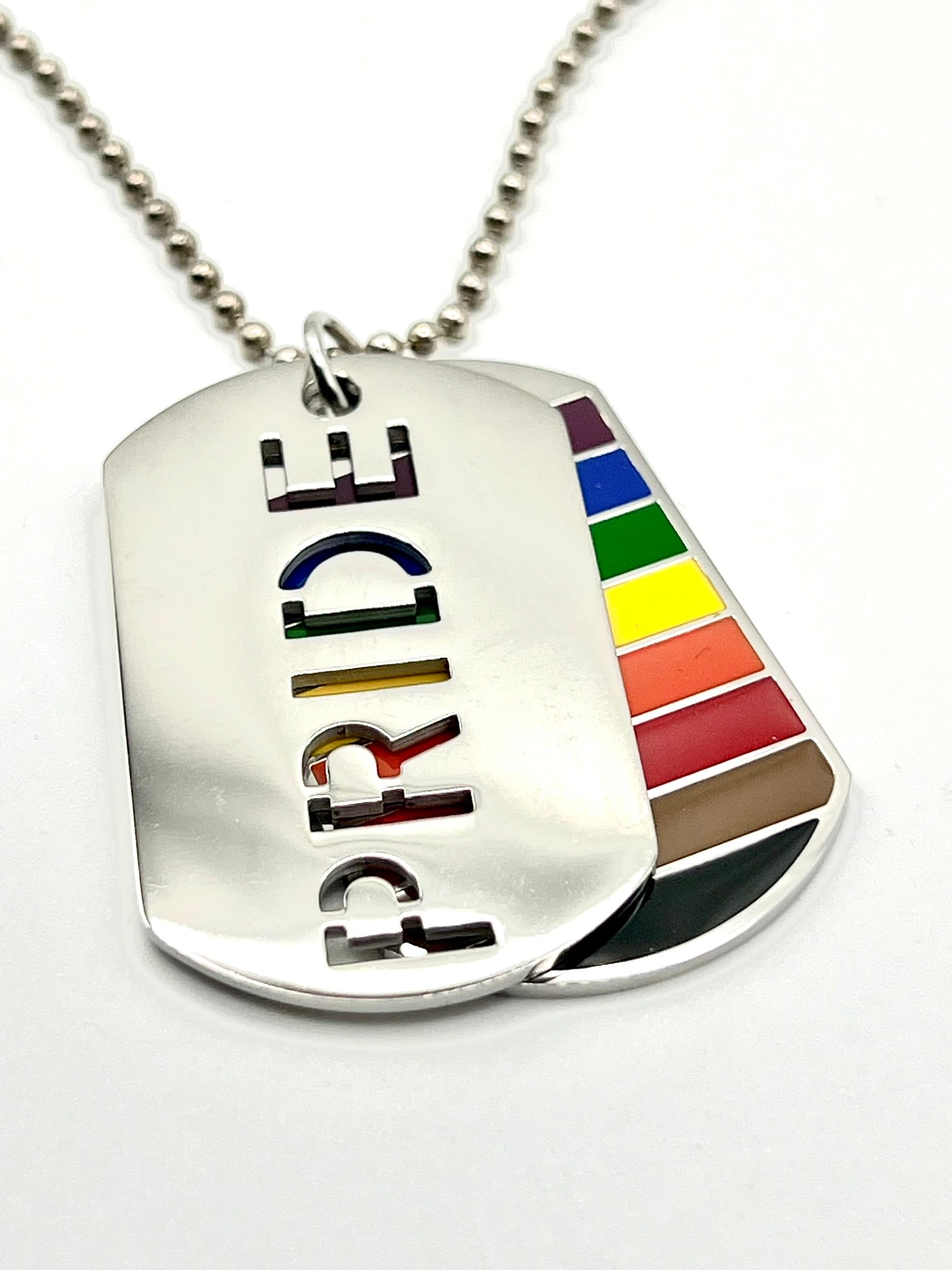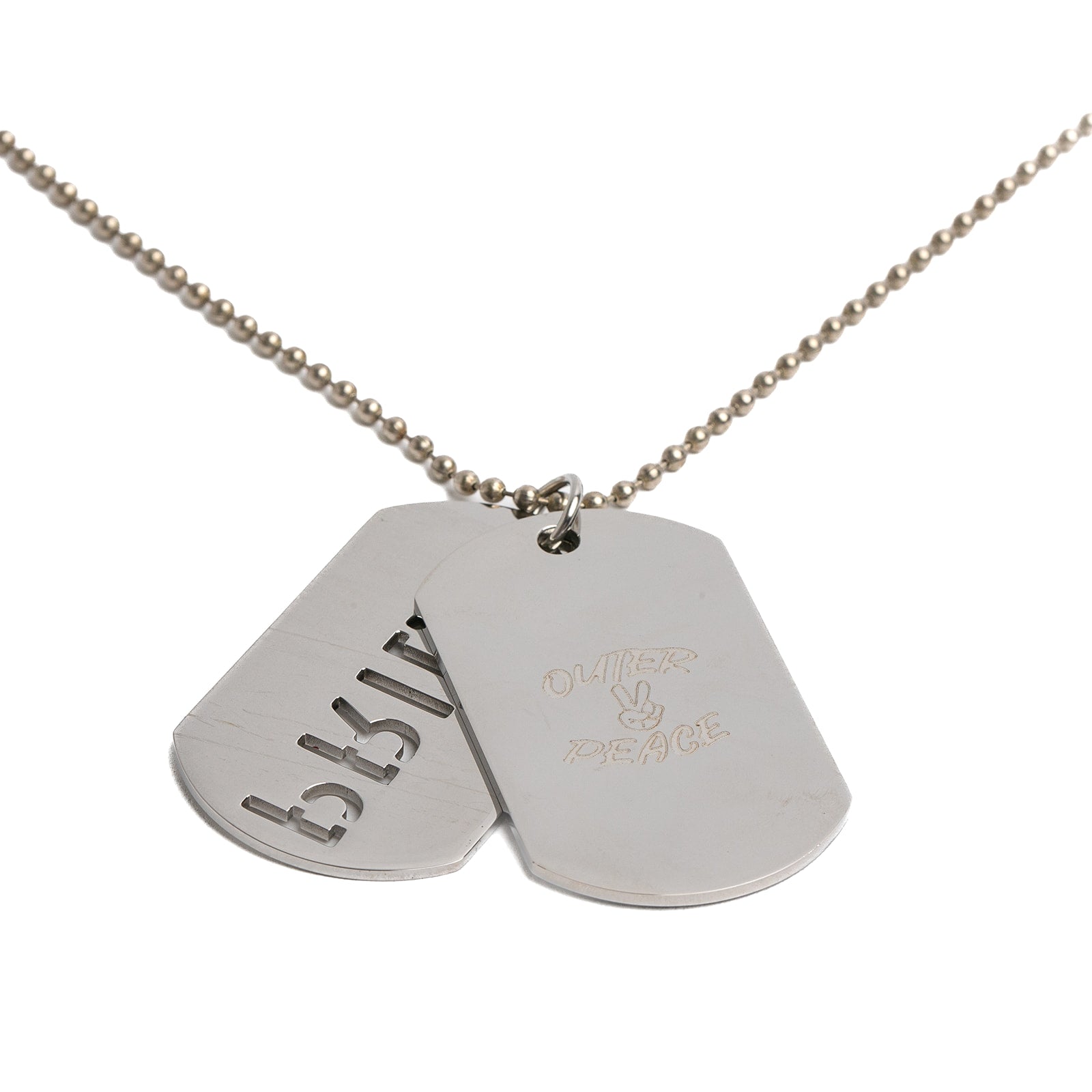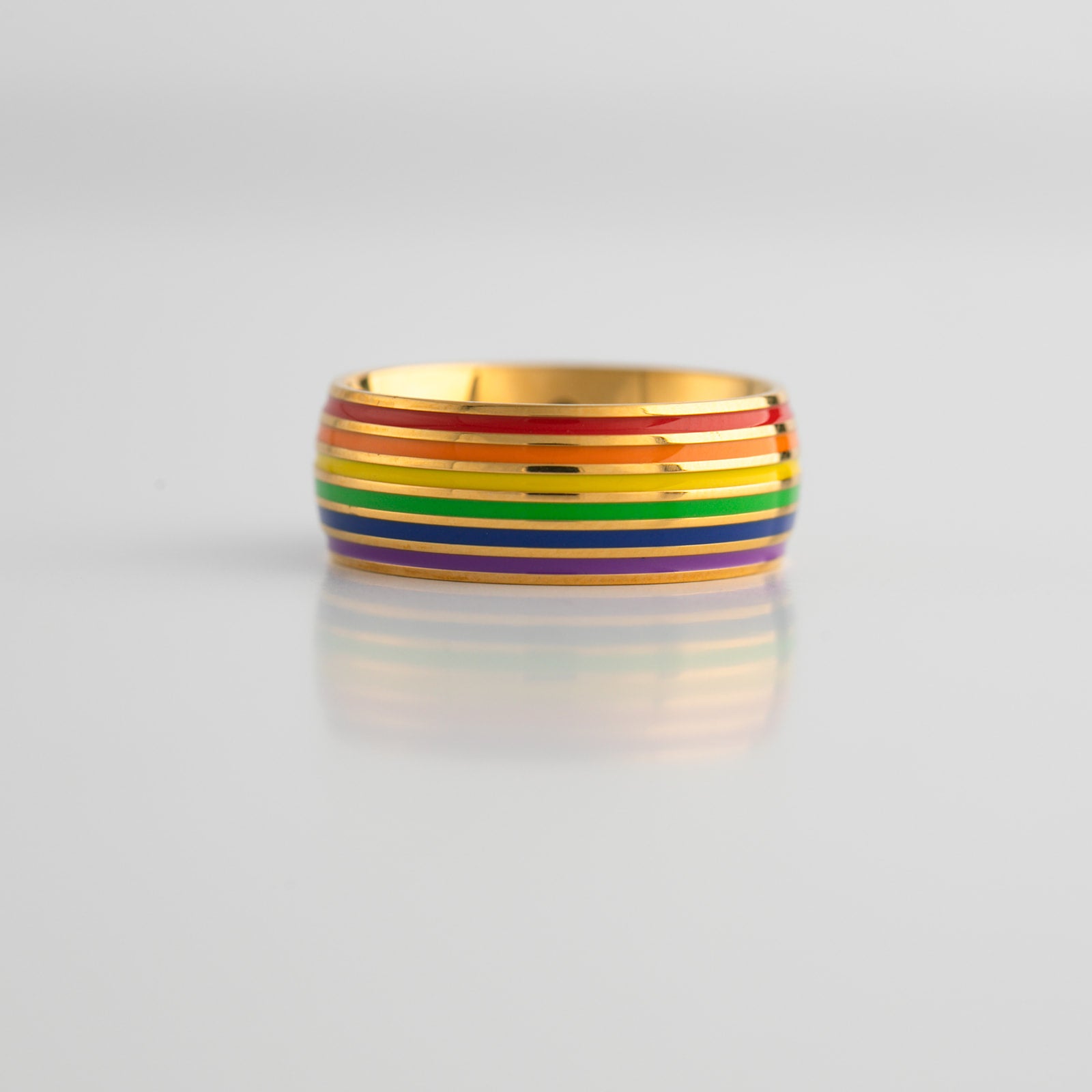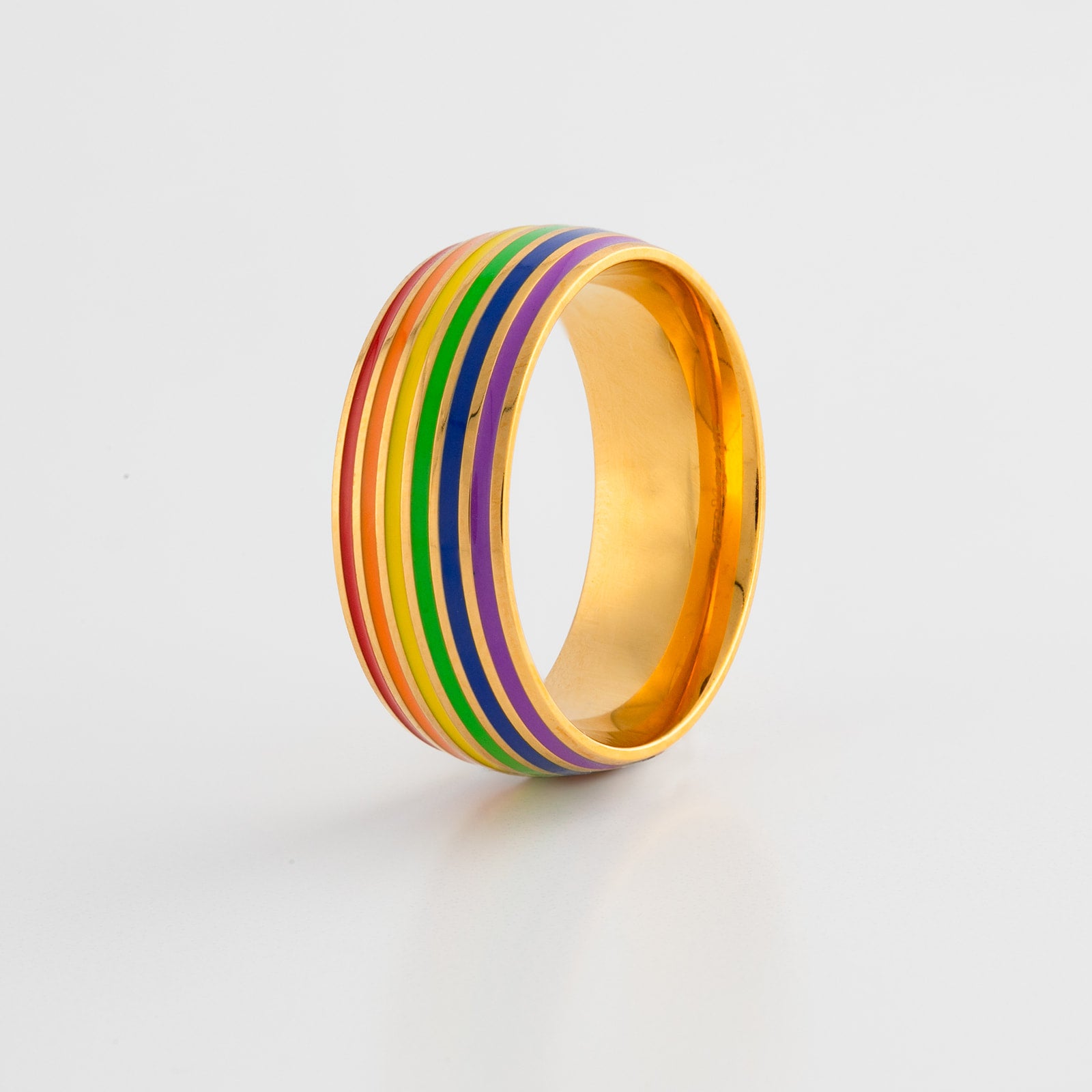![]()
Across different epochs and cultures, the transformative world of fashion has served as a powerful medium of self-expression and identity. It has allowed for the exploration and affirmation of one's place in the societal spectrum, particularly for those identifying as LGBTQ+. More than just stitching fabric together, fashion is a silent yet potent conversation - a dialogue between the wearer and the observer that often pushes boundaries, challenges conventions, and defies societal norms.
Amongst the creative chaos and the glamour of the runway, certain individuals stand out - not just as fashion influencers but as icons - leaving behind an indelible mark on the industry and transforming it into a platform for visibility, acceptance, and celebration of the LGBTQ+ community. These luminaries, through their audacious style and unwavering bravery, have managed to redefine fashion norms, blurring the gender binary and advocating for a more inclusive and diverse sartorial landscape.
In this article, we dive deep into the lives and legacies of five such LGBTQ+ icons who, through their revolutionary ideas and unique fashion sensibilities, have dramatically reshaped our perception of fashion and style. We'll explore their journeys, dissect their influences, and uncover how their personal stories and identities have manifested in their fashion choices. Their impacts are felt not only in LGBTQ+ fashion but also reverberate throughout the wider fashion industry, challenging designers and consumers alike to rethink the way they perceive and engage with fashion.
From audacious risk-takers to quiet trailblazers, these five figures, each with their own distinctive style and story, have used the transformative power of fashion to express their identity, inspire change, and leave an indelible mark on LGBTQ+ fashion history. In honoring their contribution, we also recognize the ongoing evolution and impact of the LGBTQ+ community within the fashion world. And in celebrating them, we are reminded that fashion is more than just about clothes; it's a powerful statement of who we are and what we stand for.
Marlene Dietrich: The Androgynous Pioneer
Marlene Dietrich, the iconic German-American actress and singer, was a beacon of transformative style in an era marked by restrictive societal norms. Her rise to stardom in the 1930s was punctuated by her distinctive androgynous fashion sense, challenging and reshaping the fashion world's perception of femininity and masculinity.
Born in 1901 in Berlin, Dietrich's on-screen persona often mirrored her personal style. She became synonymous with the exploration of gender fluidity through fashion, often elegantly donning men's suits, top hats, and even tuxedos, a daring move in an era dictated by strict gendered dress codes. Her attire blurred the lines between what was considered masculine and feminine, subverting the traditional norms of the period.
Her fashion choices were more than mere costume. They were a bold statement, an open challenge to the rigidity of gender stereotypes. While women were expected to don skirts and dresses, Dietrich courageously strutted in trousers, vests, and ties. Her style was a daring fusion of the masculine and feminine, expressing an ambivalent and fluid identity that resonated with many who felt confined by society's rigid fashion and gender expectations.
Dietrich's audacious style extended beyond her on-screen roles into her real life, making her a target of criticism in conservative circles, but also earning her the admiration of progressive minds and those who dared to challenge societal norms. It is said that her fashion choices were driven by a belief in freedom of expression and individuality. She chose to wear what she felt comfortable in, what made her feel most herself, regardless of society's expectations or constraints.
Yves Saint Laurent: The Vanguard of Gender-Fluid Fashion
As one of the 20th century's most respected and influential fashion designers, Yves Saint Laurent left an indelible mark on the fashion industry. Born in 1936 in Oran, Algeria, and later based in Paris, Saint Laurent defied the constraints of his time, revolutionizing fashion with his bold, gender-fluid designs and audacious reimagination of femininity and masculinity.
Undoubtedly, one of Saint Laurent's most iconic contributions to the fashion industry was his groundbreaking 'Le Smoking' tuxedo suit for women. Unveiled in 1966, this design sent shockwaves through the fashion world. In an era where women's fashion was typically confined to dresses and skirts, Saint Laurent dared to introduce a sharply tailored, masculine-inspired tuxedo suit for women. This not only challenged traditional gender roles but also became a powerful symbol of female emancipation and empowerment.
Saint Laurent's Le Smoking tuxedo was more than just a fashion statement; it was a daring act of defiance against societal norms and an affirmation of gender fluidity. It gave women the freedom to express themselves beyond the conventional boundaries of femininity, embodying the growing feminist movement's spirit and encapsulating the rising wave of women asserting their independence and strength.
Saint Laurent's avant-garde vision continued to shine throughout his illustrious career as he consistently blurred gender lines with his designs. He incorporated elements of menswear into women's clothing and vice versa, pioneering a trend that would eventually come to be known as 'gender-fluid fashion.' This progressive perspective allowed Saint Laurent to create pieces that celebrated individuality and freedom of expression, resonating with the LGBTQ+ community and the broader public alike.
David Bowie: The Chameleon of Style
David Bowie, the legendary British musician and actor, was more than just an artist; he was a pioneer, a provocateur, and an extraordinary style icon. Born in 1947 in London, Bowie was renowned for his ever-evolving, chameleonic approach to fashion, seamlessly blending androgyny, glam rock, and avant-garde elements into a unique style that transcended traditional gender norms. His innovative fashion choices and audacious persona marked him out as a trailblazer, redefining masculinity and femininity in a conservative era.
Bowie's career spanned five remarkable decades, with his bold and daring style as constant and fluid as his music. He masterfully incorporated elements of theater, mime, and kabuki into his performances and outfits, each era of his career marked by a new alter-ego with an accompanying distinctive look. From the ethereal and otherworldly Ziggy Stardust to the dapper and sophisticated Thin White Duke, Bowie constantly experimented with his image and challenged societal perceptions of gender and identity.
His androgynous style, characterized by body-hugging jumpsuits, vibrant makeup, and flamboyant hairstyles, was a significant departure from conventional gendered attire. He broke down barriers, daring to wear high-heeled boots, extravagant costumes, and colorful makeup at a time when such choices were considered taboo for men. This audacity helped pave the way for acceptance and normalization of gender-bending and androgynous fashion.
Bowie's impact on the LGBTQ+ community cannot be overstated. He openly challenged and defied traditional gender roles, both through his music and his sartorial choices. His fearless self-expression and willingness to embrace androgyny provided a source of empowerment and validation for many in the LGBTQ+ community, inspiring them to express their identities confidently and authentically.
Even today, long after his passing, Bowie's influence reverberates throughout the fashion world. Designers from various sectors regularly cite him as a significant inspiration, his bold aesthetic visible in countless collections across the globe. From haute couture runways to street style, the echoes of Bowie's pioneering fashion choices are ever-present.
Jean Paul Gaultier: The Enfant Terrible of Fashion
A rebel at heart with a penchant for avant-garde and an unorthodox approach to fashion, Jean Paul Gaultier has left an indelible mark on the global fashion scene. Born in 1952 in Arcueil, France, Gaultier rose to prominence with designs that were as daring and provocative as they were innovative, earning him the moniker "The Enfant Terrible of Fashion."
Throughout his career, Gaultier has continuously pushed the boundaries of conventional design. He fearlessly defied societal norms and ushered in a new era of gender-fluid fashion. His collections often blurred the line between traditional male and female attire, incorporating corsets into menswear and sailor suits into womenswear. His designs were more than just clothes - they were powerful statements, challenging established norms and advocating for inclusivity and diversity.
Perhaps the most iconic design in Gaultier's oeuvre is the cone bra, immortalized by pop sensation Madonna during her 1990 Blonde Ambition tour. This corset, with its unconventional and daring design, became a symbol of sexual liberation and female empowerment, and remains a cultural touchstone to this day.
Gaultier's commitment to diversity and representation is evident not just in his designs, but also in his choice of models. His runway shows have consistently celebrated diversity, featuring models of different ages, sizes, and backgrounds long before it became an industry standard. He has even included models from the LGBTQ+ community, effectively breaking barriers and championing inclusivity.
In addition to his groundbreaking designs, Gaultier has been a vocal supporter of LGBTQ+ rights, using his influence and platform to advocate for acceptance and equality. His actions have endeared him to the LGBTQ+ community and solidified his status as a fashion icon and ally.
Alexander McQueen: The Dark Prince of Fashion
Born into a working-class family in 1969 in London, Alexander McQueen rose from humble beginnings to become one of the most influential and controversial fashion designers of his generation. Known as the "Dark Prince of Fashion," McQueen was a revolutionary figure who used his creativity to push the boundaries of fashion and challenge traditional gender roles. His dramatic, at times confrontational, designs coupled with his openly gay identity, made him a powerful icon within the LGBTQ+ community.
McQueen's designs were known for their dark romanticism, often juxtaposing elements of strength and fragility, masculinity and femininity, beauty and grotesque. His approach to fashion was deeply personal, drawing inspiration from his own life experiences and fears, making each of his collections a piece of wearable art that told a story. This unique blend of theatricality and emotion in his designs helped elevate fashion to a form of performance art, making his runway shows among the most anticipated events during fashion weeks.
McQueen's theatrical runway shows were a spectacle of creativity and provocation. They often featured models in elaborate costumes and intricate makeup, walking down the runway to a narrative rather than a simple showcase of clothes. His shows were dramatic, exciting, and often laced with political and social commentary, challenging audiences to think beyond the aesthetic and engage with the deeper meaning of his work.
Innovation was a defining aspect of McQueen's work. He was known for his daring use of unconventional materials such as feathers, leather, shells, and even human hair. He loved to experiment and push the limits of what could be considered fashion, creating pieces that were as much a piece of art as they were clothing. His designs, like the infamous "armadillo" shoes and his iconic "bumster" trousers, challenged conventional aesthetics and silhouettes, making him one of the most exciting and controversial figures in the industry.
Despite his untimely death in 2010, Alexander McQueen's influence on the fashion industry continues to be profound. His fearless exploration of gender, sexuality, and identity through his work helped pave the way for greater acceptance and diversity in the fashion industry. Today, many designers continue to draw inspiration from his groundbreaking designs, reflecting his enduring impact and legacy.
Alexander McQueen, the Dark Prince of Fashion, left an indelible mark on the world of fashion. His audacious designs, coupled with his open embrace of his gay identity, made him a powerful figure in challenging and expanding the representation of the LGBTQ+ community within the fashion world. His work serves as a poignant reminder of the transformative power of fashion, not just as a means of self-expression but as a tool for challenging societal norms and inspiring change. His life and work continue to inspire and challenge, solidifying his place as one of the true revolutionaries of fashion.
Conclusion
The fashion industry, often regarded as a mirror of societal changes, has been significantly shaped by the brave and creative individuals who dared to defy norms and champion inclusivity. Our exploration of these five icons - Marlene Dietrich, Yves Saint Laurent, David Bowie, Jean Paul Gaultier, and Alexander McQueen - offers a glimpse into the transformative power of fashion, and the pivotal role it has played in advocating for the LGBTQ+ community.
Each of these figures, through their personal identities or their professional work, broke barriers, challenged stereotypes, and forged new paths for the LGBTQ+ community within the world of fashion. Their bold and fearless approach to style reshaped societal perspectives, encouraging acceptance and appreciation of diverse identities and expressions.
Through their creative visions and audacious designs, these five trailblazers not only revolutionized fashion, but they also fostered a space of acceptance and empowerment, amplifying the voices of the LGBTQ+ community. Their enduring influence and the continuing reverberations of their work remind us that fashion can be a powerful tool for social change, a catalyst for conversation, and a medium for expressing identity and advocating for equality.
As we celebrate the legacies of these pioneers, we are inspired to carry their torch forward, continuing to champion diversity, inclusivity, and individuality in the world of fashion and beyond. Their work serves as a poignant testament to the transformative power of fashion - proof that the threads we wear can weave together a more accepting, diverse, and colorful society.
Featured collection
Get onboard with out awesome collection of LGBTQ+ exclusives!
2 Color(s) Available
10 Color(s) Available

